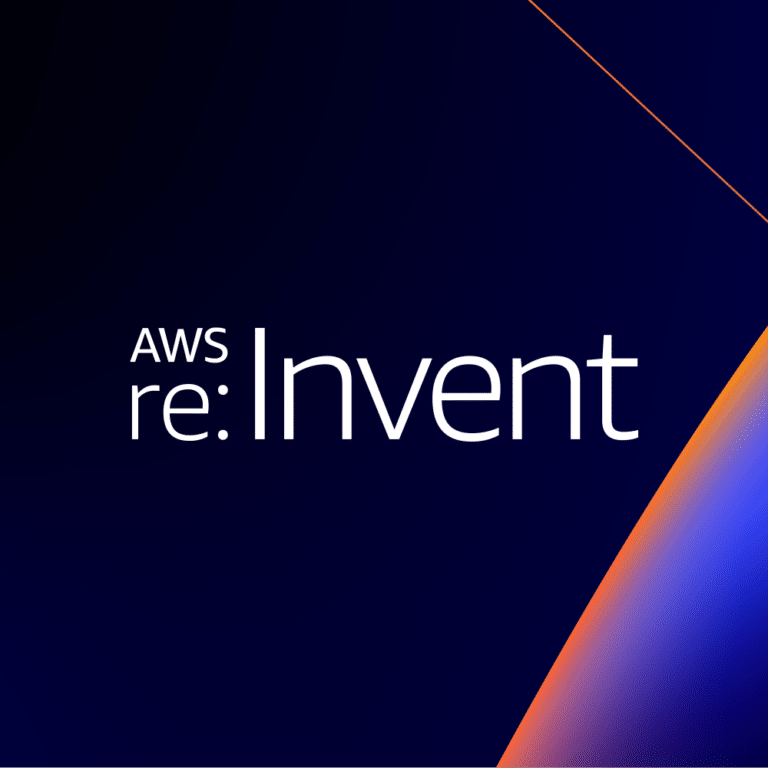The Latest In Machine Learning, Enterprise AI, and MLOps
Featured Articles
Recent Articles
Long before starting the TWIML podcast, I worked at the intersection of the two technology shifts that ultimately enabled modern artificial intelligence: cloud computing and big data. AWS was the clear leader in cloud even back then, so I jumped at the opportunity to attend the company’s first re:Invent conference way back in 2012.
Pachyderm provides the ability to modularize, orchestrate, and scale the steps of your ML pipeline within a language-agnostic platform — with the added ability to trace the lineage and versioning of both code and data.
A recent tweet from Soft Linden illustrated the importance of strong responsible AI, governance and testing frameworks for organizations deploying public-facing machine learning applications.
Following a search for "had a seizure now what", the tweet showed that Google’s "featured snippet" highlighted actions that a University of Utah healthcare site explicitly advised readers NOT to take.
We’re proud to announce the new TWIML Solutions Guide, a directory of machine learning tools and platform technologies for data scientists, ML engineers and other AI practitioners and leaders. The Guide aims to help them explore and compare open source and commercial offerings for building, delivering, and improving their ML and AI projects. This post explains why we think the guide is important and highlights some of its key features.
In order to help enterprise machine learning, data science, and AI innovators understand how model-driven enterprises are successfully scaling machine learning, we have conducted numerous interviews on the topic.
In this post, we present three representative ML platforms: Airbnb’s Bighead, Facebook's FBLearner, and LinkedIn’s Pro-ML. Each of these platforms was developed in response to the unique situation, challenges, and considerations faced by its creator.
As is often the case with other emerging technologies, enterprises face people, process, and technology challenges in their endeavors to efficiently deliver machine learning models to production.
Before we can discuss enabling and scaling the delivery of machine learning, we must understand the full scope of the machine learning process. While much of the industry dialogue around machine learning continues to be focused on modeling, the reality is that modeling is a small part of the process.
Machine learning is a subfield of artificial intelligence (AI) that enables computer systems to identify, or learn, patterns in data using statistical methods.
In spite of all the hype, the reality is that you don’t need to do anything different for your company to benefit from AI. You don’t need to hire data scientists, collect training data, or build machine learning or deep learning models.









